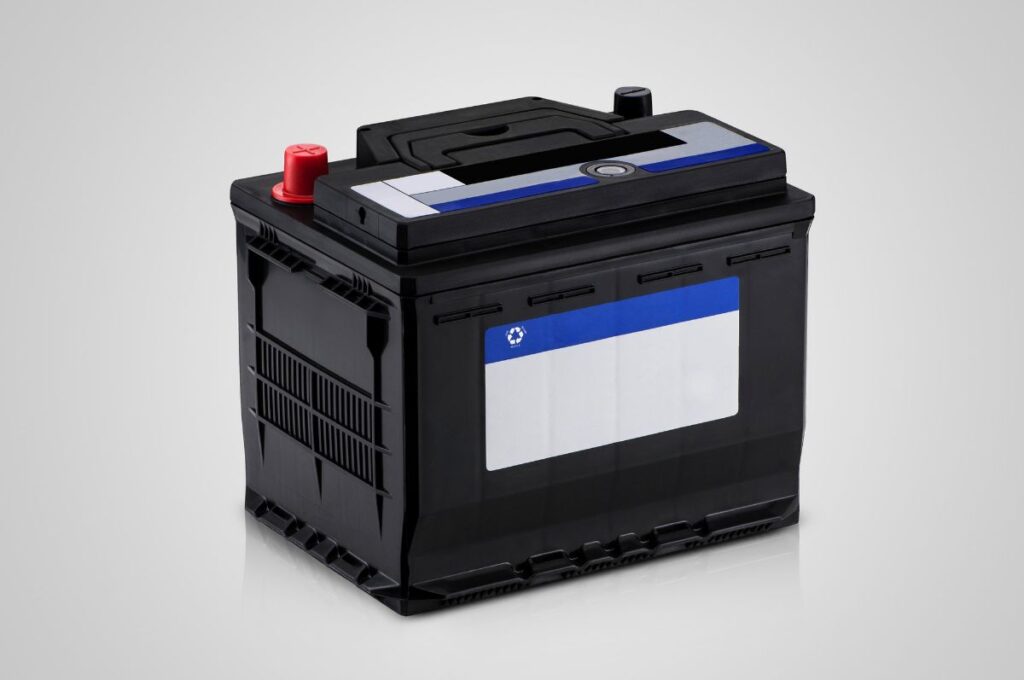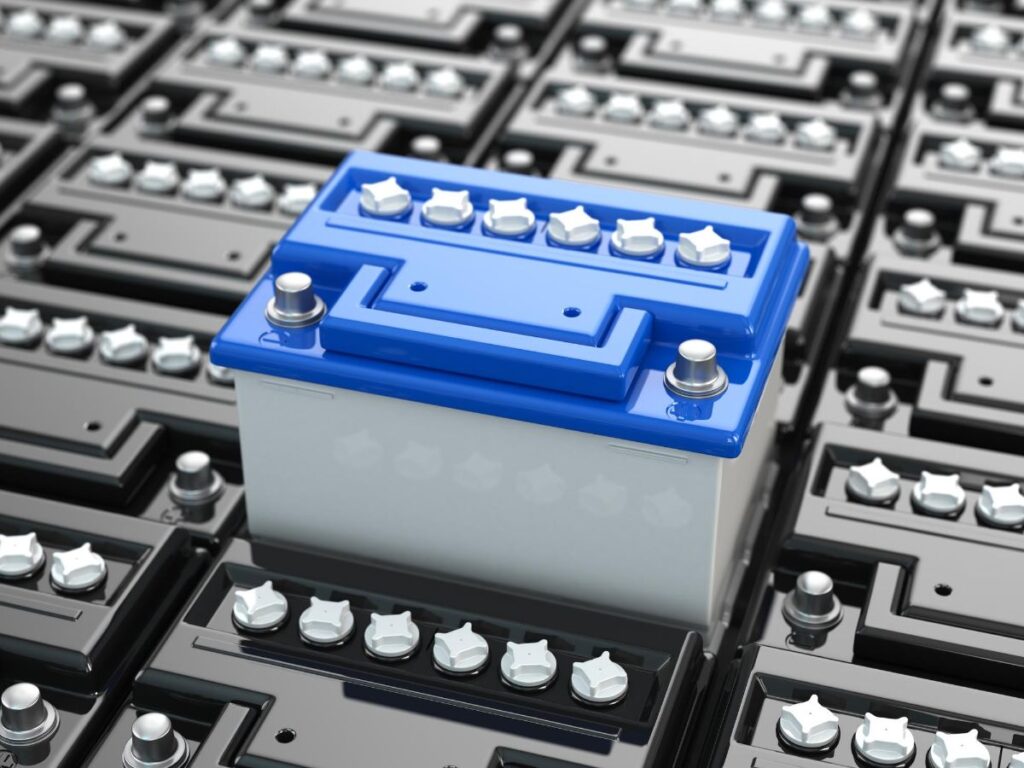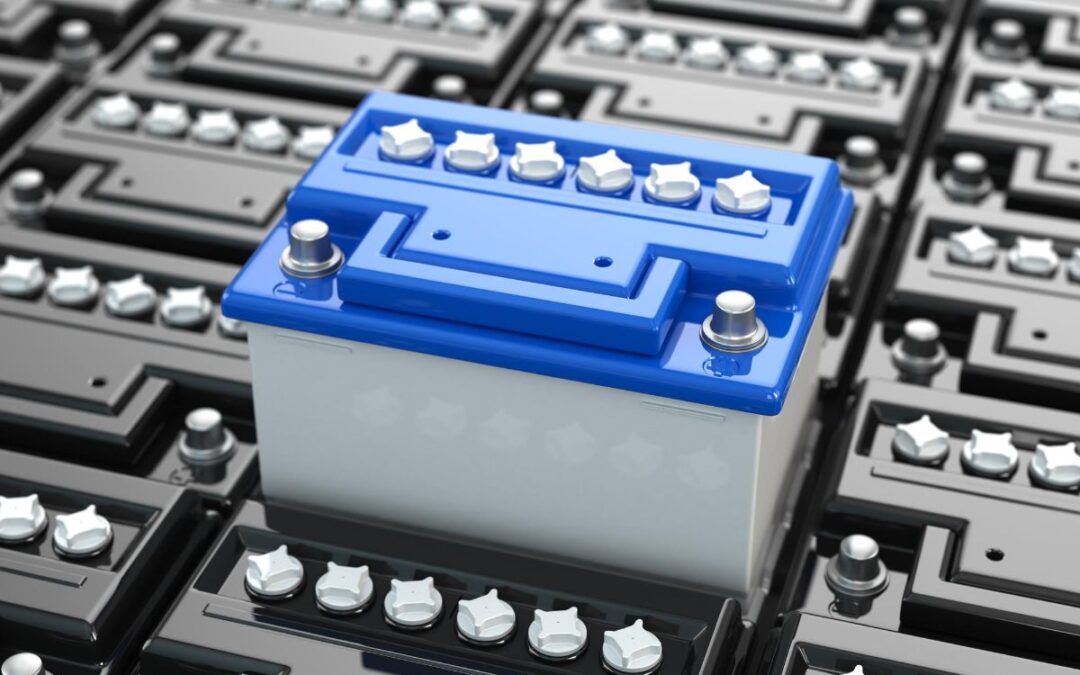LFP, or Lithium Iron Phosphate, is a type of lithium-ion battery known for its stability, safety, and long cycle life. It is a subset of lithium-ion battery technology, and its chemical structure includes lithium iron phosphate (LiFePO4) as the cathode material.

Advantages of LFP Battery:
- Safety: LFP batteries are considered among the safest lithium-ion battery chemistries. They exhibit stable chemical characteristics, reducing the risk of thermal runaway and other safety concerns.
- Long Cycle Life: LFP batteries offer a longer cycle life compared to many other lithium-ion batteries. They can endure more charge and discharge cycles, making them suitable for applications requiring extended durability.
- Thermal Stability: LFP batteries are known for their excellent thermal stability. They are less prone to overheating, and if they do heat up, they are less likely to experience thermal runaway than other lithium-ion batteries.
- High Discharge Current: LFP batteries can provide high discharge currents without compromising their performance or lifespan. This makes them suitable for applications that require quick bursts of energy.
- Low Self-Discharge Rate: LFP batteries have a low self-discharge rate, meaning they retain their charge over time, making them suitable for applications with intermittent use.
- Environmental Friendliness: LFP batteries are considered more environmentally friendly than some other lithium-ion chemistries. They contain no cobalt, a material associated with environmental and ethical concerns.
Disadvantages of LFP Battery:
- Lower Energy Density: LFP batteries generally have lower energy density than other lithium-ion batteries, meaning they may have a lower capacity for storing energy per unit of weight or volume.
- Voltage Platform: The nominal voltage of an LFP cell is lower than that of other lithium-ion cells, which might require some adjustments in electronic systems designed for higher voltage platforms.
Applications of LFP Battery:
- Electric Vehicles (EVs): LFP batteries are used in electric vehicles due to their safety and long cycle life.
- Renewable Energy Storage: LFP batteries are employed in energy storage systems for storing electricity generated from renewable sources like solar and wind.
- Backup Power Systems: LFP batteries are used in uninterruptible power supply (UPS) systems for providing backup power during outages.
- Marine Applications: LFP batteries power electric boats and marine propulsion systems.
- Power Tools: LFP batteries are used in cordless power tools due to their high discharge current capabilities.
- Telecommunications: LFP batteries serve as backup power for cell towers and telecommunication equipment.
Appearance and Structure of LFP Battery:
LFP batteries, like most lithium-ion batteries, aren’t visible to the naked eye in an assembled device like an electric vehicle. They’re enclosed within a sealed rigid casing for safety and protection. However, if you were to disassemble the casing and get a closer look, here’s what you’d see:
Overall:
- Shape: Cylindrical or prismatic (rectangular) depending on the application. Cylindrical are more common in cars, while prismatic are preferred for energy storage systems.
- Size: This varies greatly depending on the capacity and application. A typical LFP battery for an electric car might be about the size of a can of soup.
- Color: Most LFP batteries have a metallic gray or silver color due to the aluminum housing. The internal components vary in color depending on the materials used.
Internal components:
- Cathode houses the LFP active material, appearing dark gray or almost black.
- Anode: Typically uses graphite, appearing dark gray or black as well.
- Separator: A thin, porous membrane separating the anode and cathode, often white or translucent.
- Electrolyte: A liquid solution conducting ions between the electrodes, not visible directly.
Additional details:
- Terminals: Positive and negative terminals on the top or side of the battery for connecting to the device.
- Safety features: Some batteries might have pressure relief valves or other safety features visible on the exterior.
Remember, this is just a general description, and the appearance of specific LFP batteries can vary depending on the manufacturer and model.

Is LFP Battery the Future?
The growing popularity of LFP (Lithium Iron Phosphate) batteries can be attributed to several key factors:
Safety:
- Thermal stability: LFP batteries are inherently safer due to their stable thermal properties. They are less prone to overheating and thermal runaway, which can lead to fires or explosions. This makes them ideal for applications with high safety requirements, such as electric vehicles and energy storage systems.
- Non-toxic materials: LFP batteries use iron phosphate instead of cobalt and nickel, which are toxic and environmentally hazardous. This makes them safer for recycling and disposal.
Performance:
- Longer cycle life: LFP batteries can typically withstand thousands of charge and discharge cycles, compared to hundreds for other chemistries. This translates to a longer lifespan and lower maintenance costs.
- Fast charging: LFP batteries can be charged faster than other lithium-ion batteries, making them suitable for applications with quick turnaround times, like electric vehicles and grid energy storage.
- Wide operating temperature range: LFP batteries perform well in both hot and cold temperatures, making them more versatile and adaptable to different environments.
Cost:
- Lower material costs: LFP batteries use cheaper materials than other lithium-ion chemistries, which can lead to lower production costs. However, it’s worth noting that the manufacturing process for LFP batteries is generally more complex, which can offset some of the cost advantages.
- Lower total cost of ownership: The longer lifespan and lower maintenance requirements of LFP batteries can lead to a lower total cost of ownership in the long run.
Other factors:
- Environmental sustainability: The non-toxic materials and longer lifespan of LFP batteries contribute to their environmental sustainability.
- Resource availability: Iron and phosphate are abundant and readily available resources, compared to cobalt and nickel, which are geographically concentrated and prone to price fluctuations.
- Tesla’s role: Tesla’s recent adoption of LFP batteries in some models has significantly boosted their popularity and accelerated the technology’s development.
In summary, the combination of superior safety, good performance, and potential cost advantages make LFP batteries a compelling choice for a wide range of applications. As research and development continue, LFP technology is expected to become even more competitive and gain further market share in the coming years.
